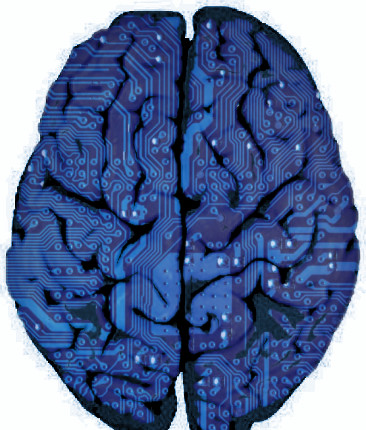AI enhances atom-trapping
 Artificial intelligence has improved on human-designed quantum science experiments.
Artificial intelligence has improved on human-designed quantum science experiments.
Australian physicists have enlisted a neural network — a type of artificial intelligence — to optimise the way they capture super-cold atoms.
Researchers usually use precisely tuned lasers and magnetic fields to coax atoms into a cloud.
Cold clouds of atoms are used to advance precision measurement, optical atomic clocks and quantum processing.
In the latest experiment, the neural network came up with a new technique; pushing atoms around quickly by rapidly changing the laser and field strength.
The AI approach trapped twice as many atoms in half the time.
Rather than the slow embrace used by human scientists, the neural network used fast changes in the laser and magnetic fields, shoving the atoms more actively towards the centre of the trap.
“Neural networks have the benefit of not being constricted by logic or reason,” said study co-author Ben Buchler from the Australian National University.
The new approach is reported in Nature Communications.








 Print
Print